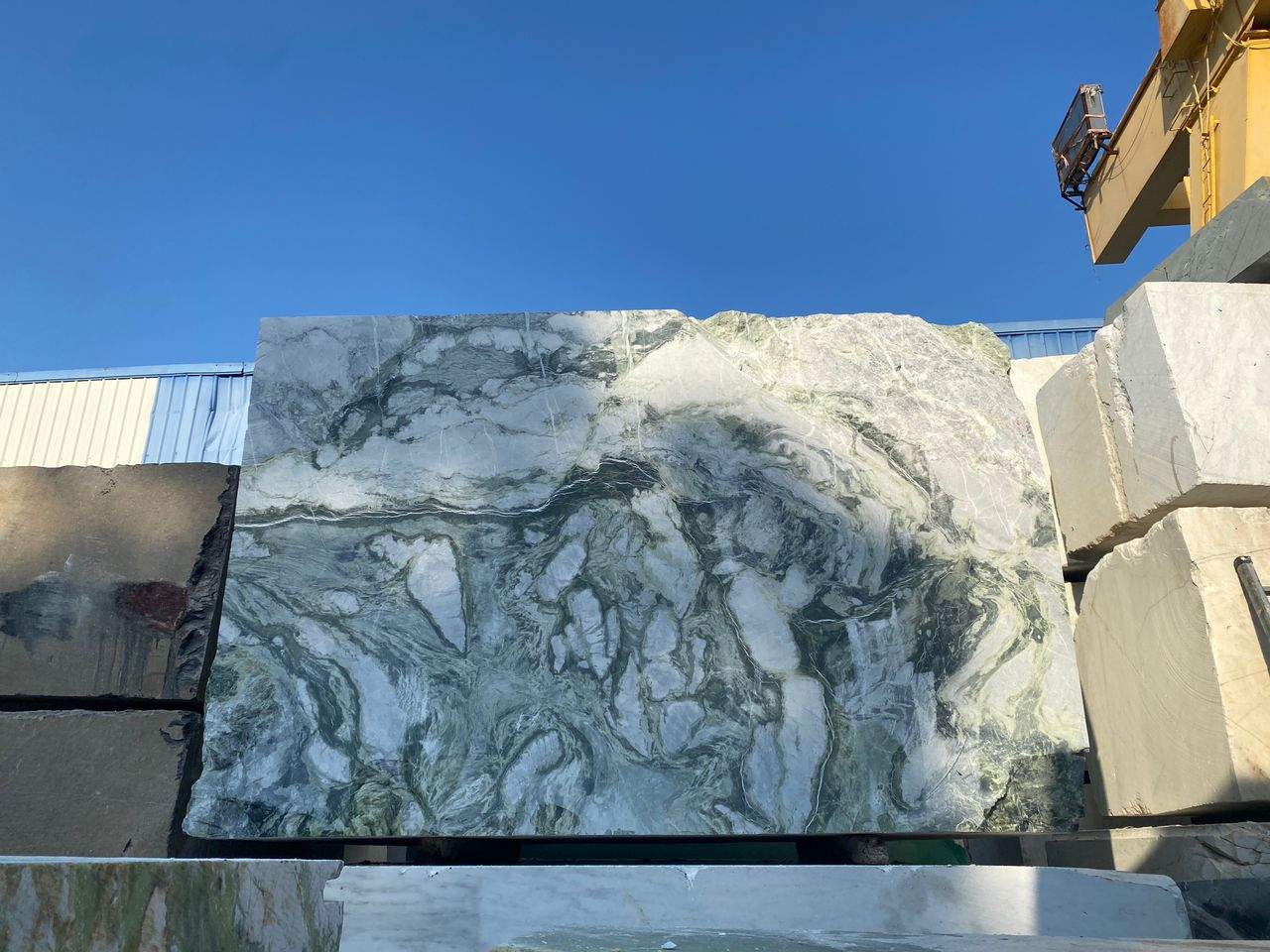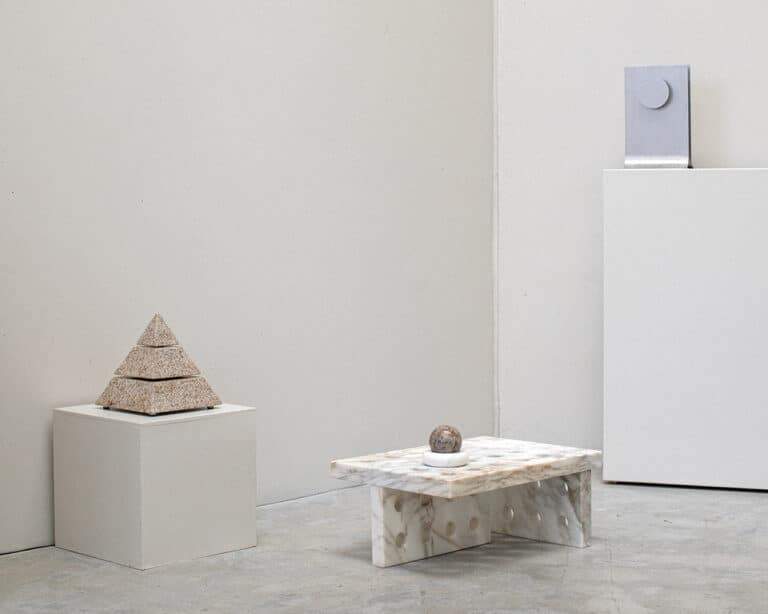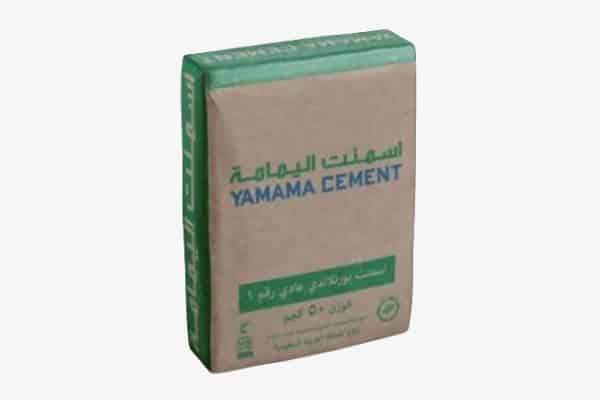1. Introduction
Marble has long been revered for its timeless beauty and elegance, making it a popular choice in architecture, design, and construction projects. However, working with marble is no easy task. From selecting the right type and quality of marble to understanding the intricacies of installation and maintenance, there are essential steps that architects, designers, and selectors must master to achieve the desired results. Whether you are a seasoned professional or a novice in the field, this blog will provide you with valuable insights and expert tips on navigating the world of marble, from sourcing and contracting to design considerations and beyond.

2. Understanding the allure of marble
Understanding the allure of marble
Marble, with its exquisite natural patterns and rich variety of colors, has a timeless allure that has captivated artisans and creators for centuries. Its unique veining and luster give it a sense of luxury and grandeur that few materials can rival. Architects, designers, and selectors are drawn to marble for its ability to elevate any space, infusing it with elegance and sophistication.
But the allure of marble goes beyond its aesthetics. This durable and versatile material offers unparalleled longevity, making it a wise investment for any project. Its resistance to heat, moisture, and wear ensures that marble will stand the test of time, maintaining its beauty and structural integrity for years to come.
In the upcoming sections, we will delve deeper into the different types of marble and their characteristics, helping you make informed decisions when selecting the perfect marble for your project. We will also explore the various applications and design considerations to embrace the true potential of this noble material.
Stay tuned as we unlock the secrets of mastering marble, providing you with the knowledge and expertise to create breathtaking spaces that will stand as timeless works of art.
3. Selecting the perfect marble for your project
When it comes to selecting the perfect marble for your project, there are several factors to consider. Each type of marble has its own unique characteristics, and understanding these differences can help you make an informed decision that aligns with your design vision and project requirements.
First and foremost, you’ll want to consider the color and veining patterns of the marble. Does your project call for a bold and dramatic statement or a more subtle and understated look? Marbles come in a wide range of colors, from pure whites to deep blacks, and everything in between. The veining patterns can be delicate and linear or bold and chaotic, allowing you to create a specific ambiance in your space.
Additionally, it’s crucial to assess the durability and suitability of the marble for your intended application. If you’re designing a kitchen countertop that will endure heavy use and potential spills, you’ll want to choose a marble that is resistant to etching and staining. On the other hand, if you’re incorporating marble in a bathroom, you’ll want to select a type that can withstand constant exposure to moisture without compromising its integrity.
Furthermore, considering the source and origin of the marble can also play a significant role in your decision-making process. Different regions around the world are known for producing specific types of marble that have unique qualities and characteristics. By understanding the origin of the marble, you can gain insights into its geological composition, including factors such as hardness, porosity, and resistance to environmental conditions.
In the next section, we will explore some of the most popular types of marble and highlight their distinguishing features, helping you gain a deeper understanding of the options available to you. By equipping yourself with this knowledge, you’ll be able to confidently select the perfect marble that not only enhances the aesthetic appeal of your project but also meets your functional requirements.

4. Working with marble in architectural and design projects
Working with marble in architectural and design projects requires careful planning and execution to ensure the desired outcome is achieved. In this section, we will discuss the essential steps architects, designers, and selectors should take to master the art of working with marble.
Firstly, it is important to understand the limitations and possibilities of marble as a material. Marble is a natural stone, which means it can be prone to variations and imperfections. By familiarizing yourself with the unique characteristics of marble, such as its veining patterns and color variations, you can better incorporate it into your design and use these elements to your advantage.
Secondly, it’s crucial to work closely with the fabricators and installers to ensure a seamless installation process. Marble is a heavy and delicate material, so precise measurements and proper handling are essential. Collaborating with experienced professionals in the field will help minimize the risk of damage during transportation and installation, resulting in a finished product that meets your exact specifications.
Lastly, proper care and maintenance are vital to preserve the beauty and longevity of marble. Regular cleaning using non-abrasive, pH-neutral products and protecting marble surfaces from sharp objects and excessive heat will help maintain its pristine appearance over time.
By following these fundamental steps and considering the specific requirements of your project, you can create stunning and timeless spaces that showcase the inherent beauty and elegance of marble. In the following section, we will delve into the intricacies of incorporating marble into different architectural styles, demonstrating its versatility and adaptability as a design element.
5. Considering the maintenance and care of marble
Marble is a luxurious and timeless material that can elevate any architectural or design project. However, proper maintenance and care are essential to preserve its beauty and longevity. In this section, we will discuss the key considerations when it comes to maintaining marble.
One of the first things to keep in mind is regular cleaning. Marble surfaces should be cleaned using non-abrasive, pH-neutral products that are specifically designed for natural stone. Avoid using strong chemicals or abrasive cleaners, as they can damage the surface and dull the shine of the marble. Instead, opt for gentle cleansers and a soft cloth or sponge.
It is also important to protect marble surfaces from potential damage. Avoid placing sharp objects or heavy items directly on marble countertops or floors, as they can cause scratches or chips. Always use coasters or trivets to prevent heat damage from hot dishes or pans.
In addition to regular cleaning, consider applying a sealant to protect the marble and enhance its durability. A sealant will create a barrier that helps prevent staining and etching. Be sure to follow the manufacturer’s instructions for application and reapplication, as the frequency may vary depending on the type of sealant used.
Lastly, if you notice any stains or damage on your marble surfaces that cannot be resolved with regular cleaning, it is advisable to consult with a professional stone restoration specialist. They have the expertise and tools to address more stubborn stains and restore the marble to its original beauty.
By taking these maintenance and care considerations into account, you can ensure that your marble surfaces remain pristine and stunning for years to come. In the next section, we will explore the different ways in which marble can be incorporated into various architectural styles, showcasing its versatility and adaptability in design.
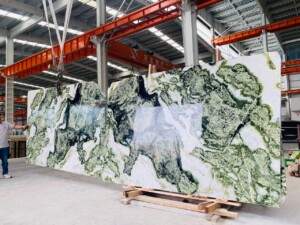
6. The importance of working with professional marble vendors and suppliers
Mastering Marble: The Essential Steps for Architects, Designers, and Selectors
When it comes to sourcing marble for your architectural or design project, it is crucial to work with professional marble vendors and suppliers. These experts have in-depth knowledge of different types of marble, including their unique characteristics, colors, and patterns. They can assist you in selecting the perfect marble that aligns with your design vision and requirements.
Professional marble vendors and suppliers can also guide you in understanding the quality and authenticity of the marble. They can provide you with detailed information about the source of the marble, its extraction process, and its durability. With their expertise, you can be confident that you are investing in genuine, high-quality marble.
Moreover, professional marble vendors and suppliers can offer valuable insights into the latest marble trends and innovations. They stay up-to-date with industry developments, ensuring that they can provide you with the most cutting-edge and sought-after marble options.
By partnering with professional marble vendors and suppliers, you can streamline the procurement process, save time, and avoid potential pitfalls. Their expertise and guidance will ensure that you source and acquire the right marble for your project, elevating its aesthetic appeal and value.
In the next section, we will delve into the various design possibilities and applications of marble, inspiring you with creative ideas for incorporating this exquisite material into your architectural or design projects.
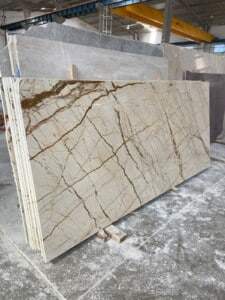
7. Showcasing your mastery of marble
Once you have sourced and acquired the perfect marble for your architectural or design project, it’s time to showcase your mastery of this exquisite material. Marble offers endless design possibilities and applications, allowing you to create stunning and unique spaces that leave a lasting impression.
One of the most popular applications of marble is in flooring. The elegant and luxurious look of marble flooring can elevate any space, whether it’s a residential home, a hotel lobby, or a commercial office. The natural variation in color and veining of marble adds character and depth, creating a visually captivating floor.
Another way to showcase your mastery of marble is through countertops and vanities. Marble countertops are not only beautiful but also durable and heat resistant, making them ideal for kitchens and bathrooms. The smooth, polished surface of marble provides a luxurious feel, while the unique patterns and colors make each piece one-of-a-kind.
For those looking to make a bold statement, incorporating marble into feature walls or accent pieces can create a stunning focal point in any room. Whether it’s a grand marble fireplace surround or a unique marble backsplash, these eye-catching elements will leave a lasting impression on anyone who enters the space.
Additionally, marble can be used to create intricate and detailed sculptures, statues, and architectural elements. From decorative wall panels and columns to ornate sculptures, marble craftsmanship can truly shine in these pieces, showcasing your attention to detail and artistic vision.
By exploring the various design possibilities and applications of marble, you can take your architectural or design project to the next level. The versatility and timeless appeal of marble allow you to create spaces that are not only aesthetically pleasing but also stand the test of time. So, let your creativity and mastery of marble shine through, and watch as your projects become true works of art.

8. Conclusion and final thoughts
As we conclude this guide on mastering marble, it is evident that marble has a significant impact on architectural and design projects. Its versatility, durability, and timeless appeal make it a favorite among architects, designers, and selectors. We have explored various applications of marble, from flooring and countertops to feature walls and sculptures, displaying the endless possibilities that this exquisite material offers.
When working with marble, it is essential to remember that selecting the right type of marble, understanding its unique characteristics, and implementing proper maintenance and care are crucial to achieving the desired outcome. However, with the right knowledge and expertise, you can create spaces that are not only visually stunning but also withstand the test of time.
So, embrace the elegance and grandeur of marble, let your creativity soar, and watch as your projects become true works of art. Happy mastering!
Certified consultants in dealing with high-end marble. You can consult INJ Architects to purchase your marble for your project.
Using alternatives to marble for cladding the walls of homes

